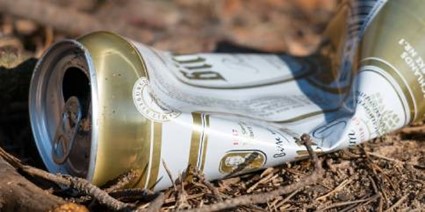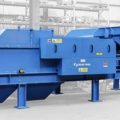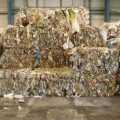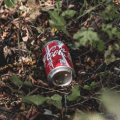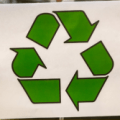CRUSHING THE CANS DOES NOT MAKE RECYCLING MORE DIFFICULT
The Beverage Can Association assures that this is not a problem in Spain for recycling plants and recommends doing so to save space.
When we go to throw the cans in the yellow container many people do not crush them because they think it makes recycling more difficult. This question of crushing or not crushing cans or not crushing cans should be just a mere anecdote if it were not for a more relevant issue for recycling, space.
According to Juan Ramón Meléndez, director of the Beverage Can Association, “the main problem that people have nowadays when it comes to separating waste is the space taken up by the different recycling containers, so crushing the cans is something that helps to make it more manageable, especially in cases where a large number of cans accumulate”.
The main demonstration that it makes no sense to take care not to crush the metal containers is that these containers will be dumped into a garbage compactor truck where they will be crushed to take up less space.
The most important thing is still to dispose of these containers in the correct container, the yellow one, and from there it is estimated that it will take about a month to return to the market in the form of a new can. These metals instead of producing them from scratch means energy savings of 70% to 90%. On this journey from the yellow container to the melting furnace, the key point occurs on the conveyor belt of the sorting plant, when these cans have to be separated from the rest of the packaging waste.
As Meléndez explains, “whether they are crushed or not, recovering the cans in this part of the process is not a problem in the sorting plants in Spain and almost all of Europe, for which two systems are used: electromagnets and eddy currents”.
“If you put a magnet near a tin can or a steel beverage can, you’ll see an attraction,” he says. This same system is used by the electromagnets in a sorting plant to catch anything made of steel, no matter how small. As for the aluminium, which is not magnetic, and from which 75% of beverage cans are made today, it is collected with a mechanism called eddy current: an induction current that electrically charges the container so that it is repelled from the conveyor belt when it reaches a certain point.
“The machine that sieves the waste at the beginning of its journey according to its size Even if it is strained at the beginning by the trommel. The can will go to a section of small elements where electromagnets and eddy currents will also act,” adds the director of the Beverage Can Association. “It’s not a problem here either that it’s compacted,” Meléndez concludes.

